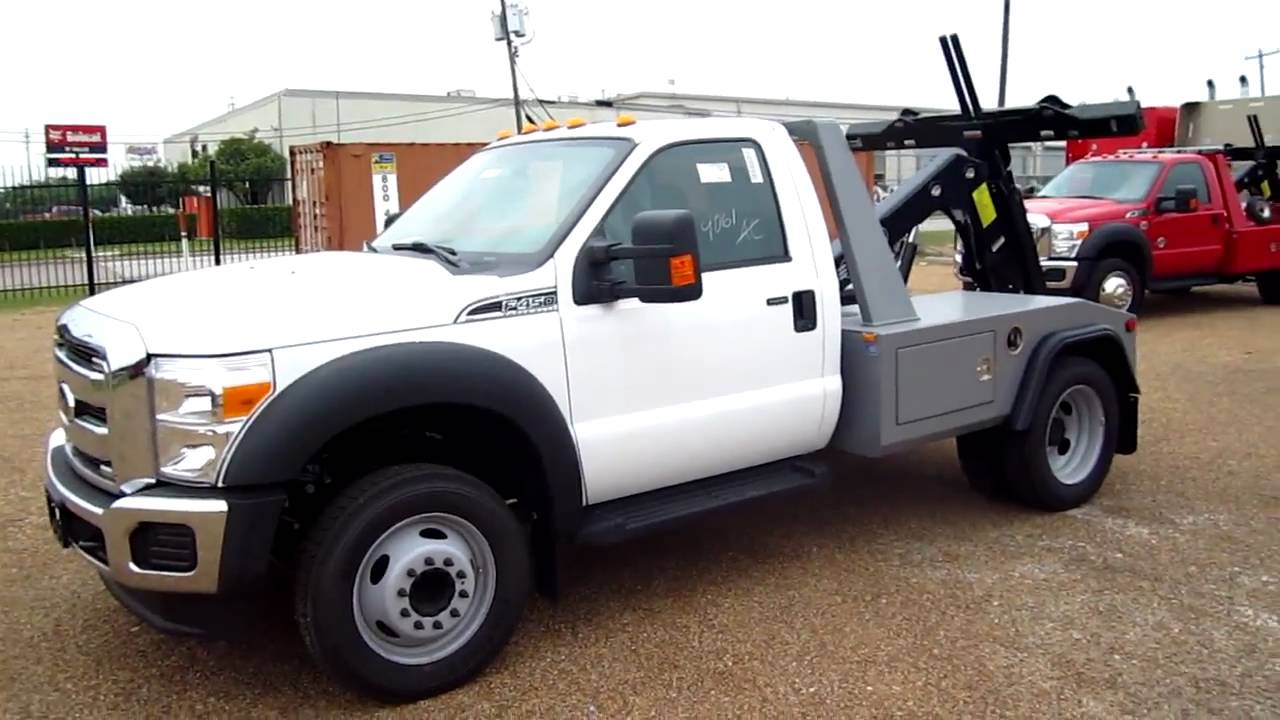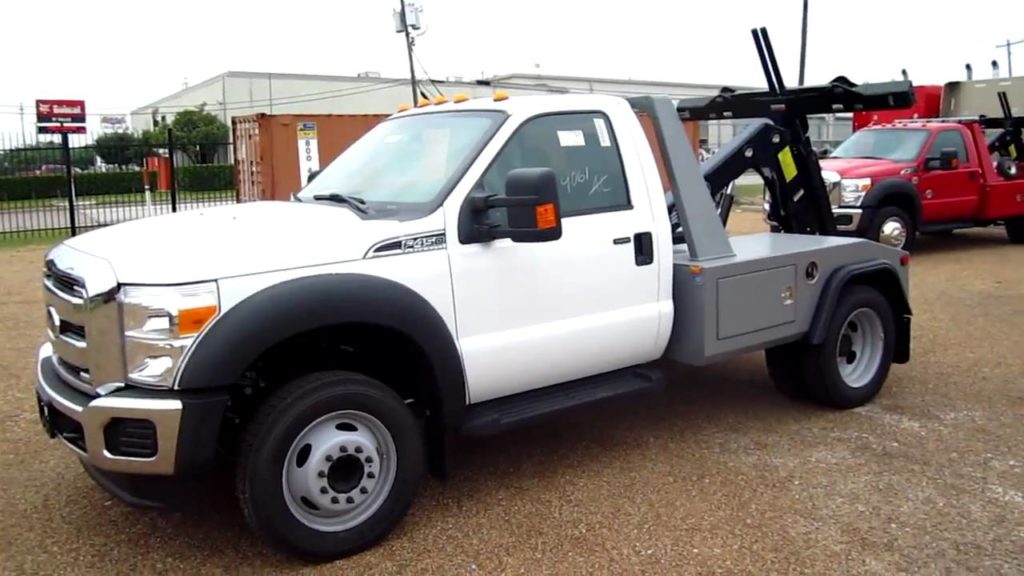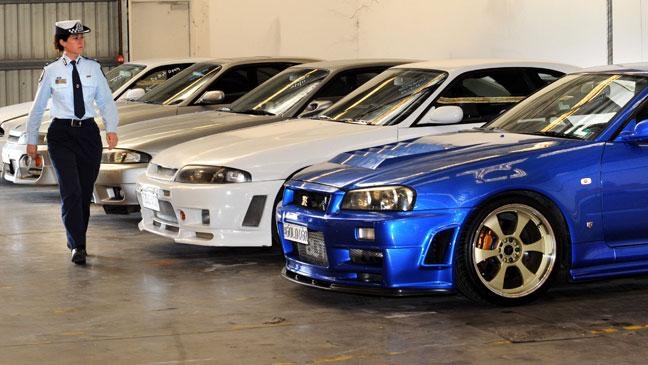Repo Trucks

Anyone who has bought a car or truck on credit knows that you usually pay off that debt with monthly payments. You probably also know that the bank or financial institution involved has done so under certain conditions, one of which is that you pay your monthly installment on time. If you don’t, the financial institution has the right to repossess the vehicle.
The people who do the actual repossessing are repossession agents or “repo men.” Repo men have a challenging job. They have to locate and recover vehicles that borrowers have failed to pay for. In virtually all cases, the borrower isn’t exactly pleased that someone has come to take their vehicle. Being a repo man can be dangerous at times.
So, how do these guys take away cars and trucks when the borrowers don’t want you to? The technique is to do it quickly. An experienced repo man (or woman) can locate the vehicle, hook the towing apparatus up and drive off in about 10 seconds — all without ever leaving the truck’s cab. To do this requires specially designed equipment. Let’s take a look at some of the specialty equipment necessary.
The basic tow truck
Tow trucks have been around for nearly as long as there have been cars on the road. Over the years the design of tow trucks has changed a great deal. Early tow trucks used chains or hooks that wrapped around an axle or a frame rail. Some tow truck operators still use this technique in certain conditions. The method is very secure, but it takes a fair amount of time and effort to get the vehicle into position to hook everything up.
Wheel lift systems
There are special truck mounted tow systems that are slid under a car and only touch the tires. The repo man slides a bracket under the vehicle and then brackets are fitted in front of and behind the drive wheels of the vehicle. When the tow truck mechanism lifts the vehicle, the wheels are cradled between the brackets. This method of towing requires the repo agent to get out of the truck to position the brackets in place and insert the pins – a process that takes about 30 seconds.
Integrated lifts
The latest evolution in tow truck technology is the integrated lift, also known as a self-loading wrecker. The service guys at Thompson Mazda of Baltimore, MD, a factory authorized Mazda dealer, explained to us that self-loading wreckers use a specially designed wheel-lift system that can be controlled inside the truck. As the truck backs up to the target vehicle, a long arm extends out along the pavement. The front edge of the cradle bracket contacts the tires as the other side of the cradle slides under the vehicle. The brackets are then closed via hydraulics, cradling the tires on both sides. The tow boom is then lifted, and the tow truck can pull away.
Flat bed trucks
You have undoubtedly seen a flat bed truck tow a car. The flatbed can be hydraulically inclined or even turned to the side and a cable winch pulls the vehicle onto the bed. Using a flatbed truck for repo work generally isn’t a good idea as flatbeds aren’t especially stealthy. They are physically large trucks and it takes a fair amount of time to tilt the bed, connect the winch, pull the vehicle and then secure it. Flatbed trucks aren’t used for repo work very often.







This is right way to pay off – American Tri-Star Insurance Services